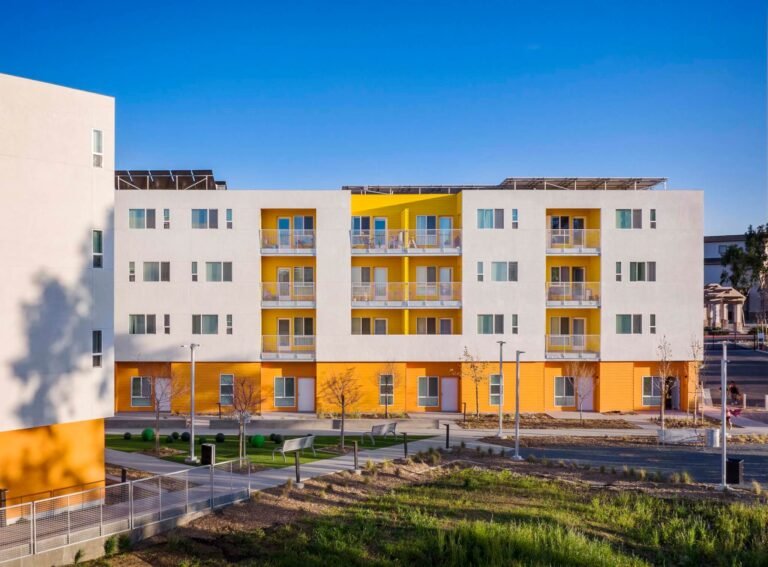Antonio House / PALTArq


Text description provided by the architects. Architecture shelters life stories, molding, conditioning and building them. This recollection is written in the first person since the name of the project is a tribute to my grandparents and their house, our home and workspace.



Casa Antonio is the unit number 7 of a group of houses built in 1921 in Rosario, province of Santa Fe, Argentina. It belongs to a typology that abounds in our city, formerly called “apartment house”, born in the 1920s as a response to the workers’ housing problem and characterized by the succession of identical and contiguous units that are accessed from a shared corridor. The main characteristic is that each house has a courtyard that gives access to two 4×4 rooms, a bathroom and a kitchen.


Given its age, the condition of the unit belonging to my family was in a condition of deterioration that made it inhabitable. In the year 2013, I was studying the last years of my architecture degree and I had a desire for independence. In this context, I proposed to my family to carry out a reform and expansion project to make the house usable again. We decided that we would adapt the program to our needs, a house/studio.




The economic resources were limited, so we planned to recycle pre-existing materials and defined the completion of the project in discontinuous stages over time, advancing based on the availability of resources.

The premise was to maintain the structure of the original roof, due to its material and thermal qualities, and because this decision would allow the house to never be exposed to the elements during the construction process. Consequently, the extension is achieved by the excavation of a slope, which provided the necessary height for the incorporation of a mezzanine within the existing volume.

The program is organized around an east/west circulation axis that links the entrance doors and allows access to the different environments without interference. A fixed-equipment system provides a variety of uses and articulates the different levels. It is a desk, storage space, sofa, support table and ladder. Through operations of linteling and demolition in the load-bearing walls of the old construction, a new structure of metallic profiles is incorporated with the aim of obtaining a direct relationship between the patio, the vegetation, the natural light and each sector of the house. The original 52 m2 are expanded by an additional 18 m2 corresponding to the mezzanine and the corridor that absorbs the surface of the original patio, connecting kitchen and bathroom.

The project generates a single interior space of three levels, with environments of different scales, providing variants in spatial perception. The proposal coexists between the old and the contemporary, valuing the imprint of history.





